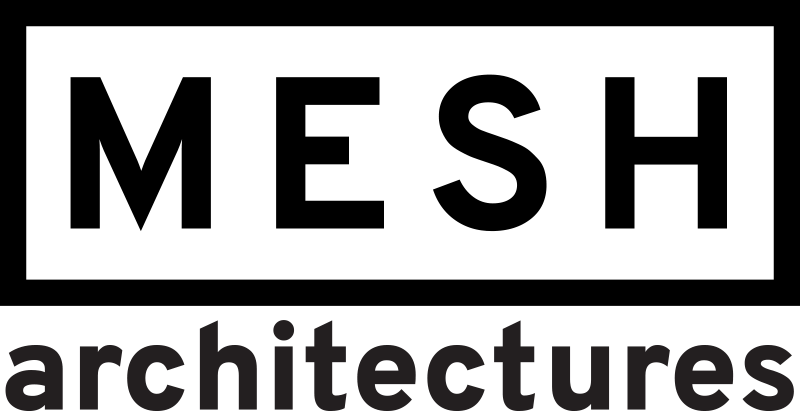Brooklyn, NY
2005
On the occasion of the randomaccessmemory.org launch, MESH created a physical interface to the RAM database, to encourage an experience with the data different from that at home using the web. What makes a space feel different, expanded, connected to someplace else? What if we have to physically move to find different data? How does that change our perception of the space? There are thousands of stories within, powerful true accounts from peoples memories. In the sliding screen interface you can click a word on the touchscreen to find memories containing that word. The memories are retrieved and laid out chronologically and virtually along the 20ft track, which you browse by walking. We display the memories not as paragraphs as on the site, but through RSVP, a method of displaying text sequentially, one word at a time. The words flash, but if you stop and focus on one of the streams, cognition clicks, and suddenly you enter another space created by the story. Perhaps this inspires recall of your own memories, after all much of the interest is in association, what causes us to store and retrieve. In the back you relax and enter your own memories at the suspended memory bench. There are links between the site and the show, the most recent memory from the Web is shown on screen, and a recent webcam photo is on the web site. The canopy is illuminated by color-changing LEDs. Three layers of images: cyan=places, magenta=people, yellow=objects. Images fade in and out of visibility as the lights crossfade, creating an animated, atmospheric backdrop and shelter. The structure does not touch the ground. Everything is suspended, with 12 bolts anchoring the struts into the walls on the gallery side. The other ends of the struts rest against the building, so the entire structure is effectively wedged between the two buildings, hanging the tracks and benches.
